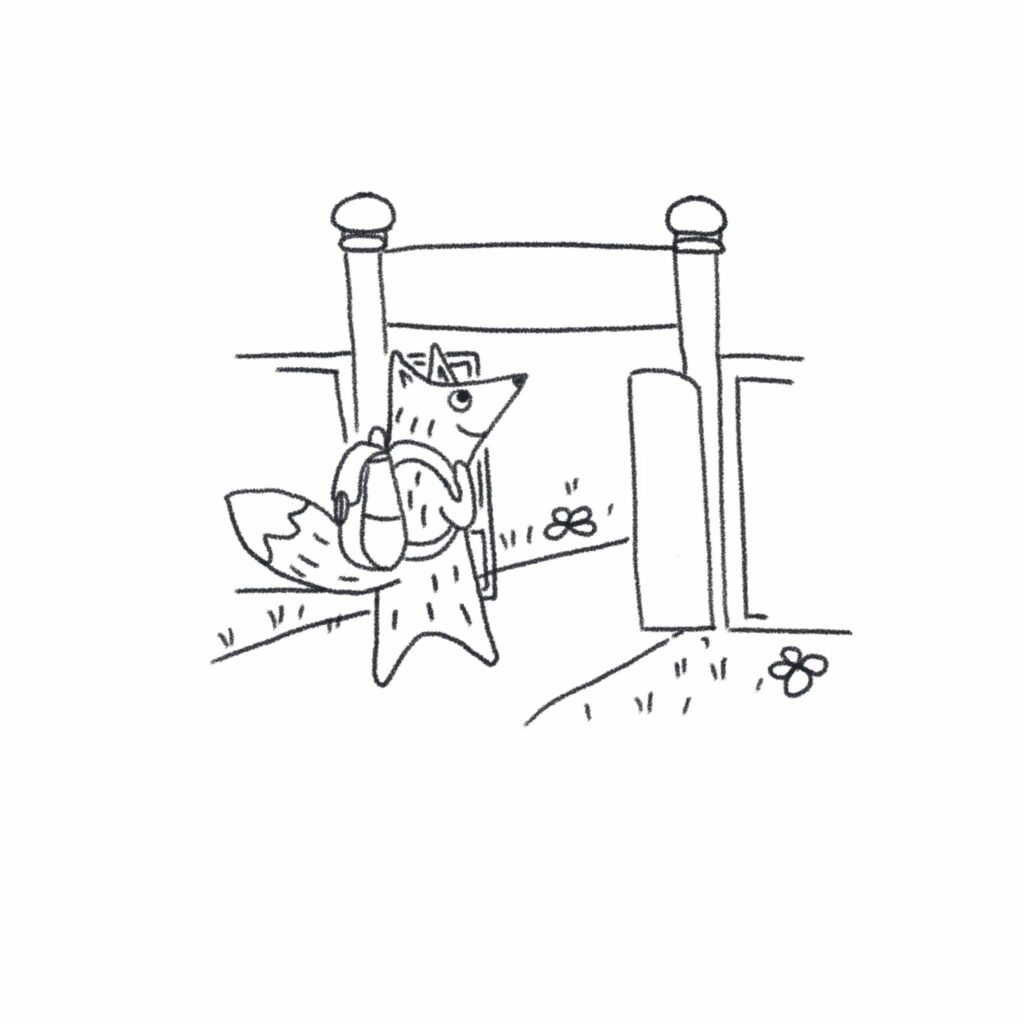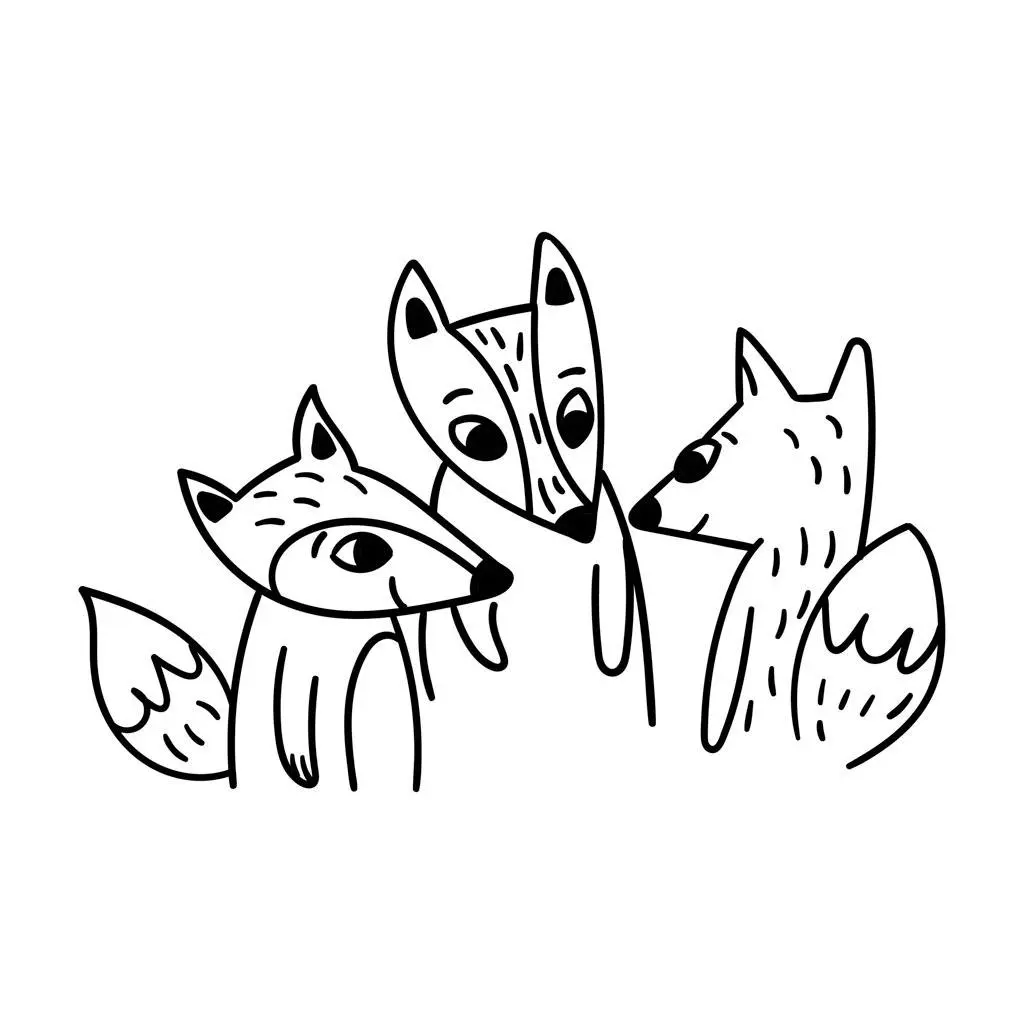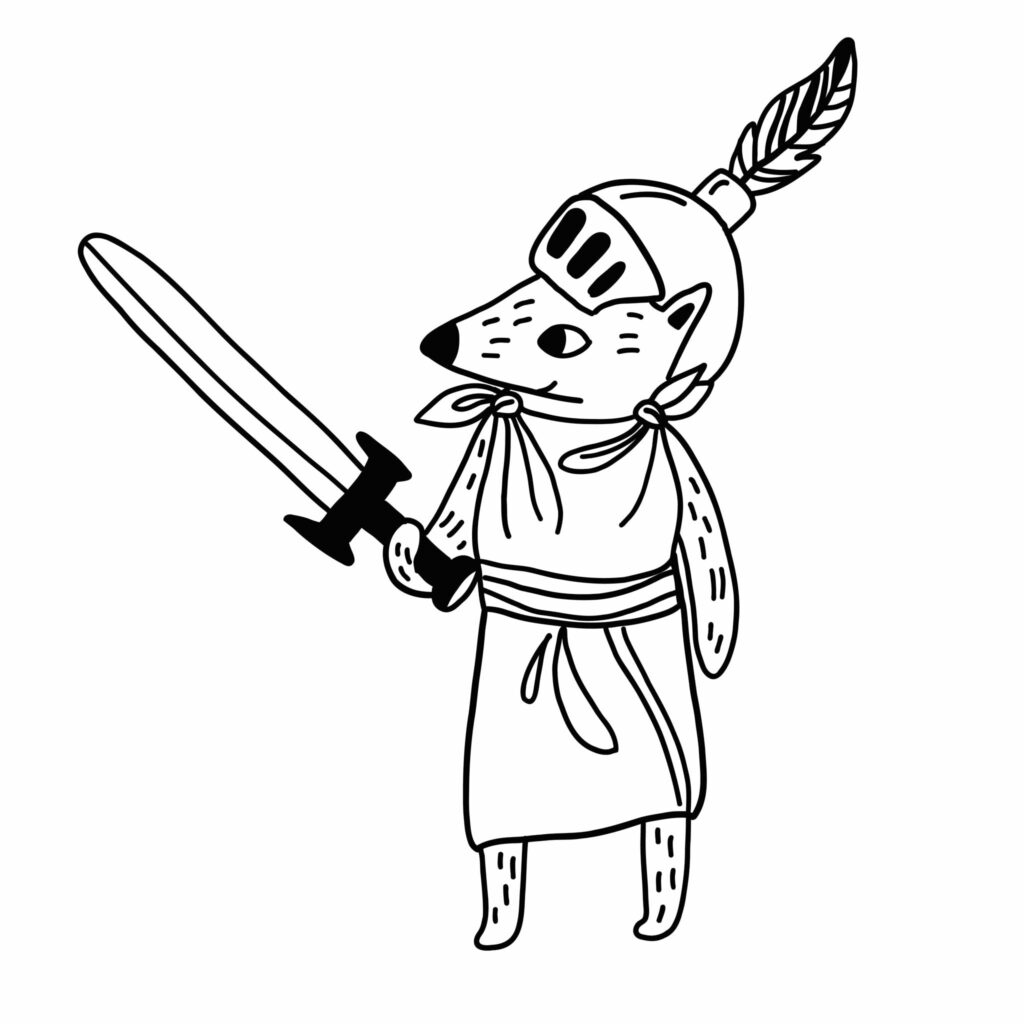All children love to draw and paint, but why do they do it and what can their creations tell us about them? Dr Helen Jones explores the meaning behind the art and explains how to help your child’s creativity flourish:
Table of contents:
- Art is personal
- Realism vs expression
- Modes of expression
- The cross disciplinary nature of art: how it teaches us about other subjects
- Final word
Art is personal
At the very earliest stages of evolution our forebears were making art.
In 40,000 BC, creative symbolic artworks were being handcrafted from shell, stone, and primitive paint by homosapiens. But it begs the question: why?
Why has there been an enduring drive, spanning our entire existence, to leave marks, to make our trace in the world, to create?
It is one of the few things which distinguishes us from animals. We have this wonderful yet mysterious power to create distinctly personal and individual remnants of our existence and personality.
Art is a discipline that champions our individualism. It allows us to show and share our experiences of life, without hiding who we are.
‘As we have changed, our art has changed, and how we have defined our art has changed, but that fundamental instinct to play experiment, repurpose, test and reimagine has always been central. Just as play is a deliberate pushing of the boundaries, so art has refused to be solely defined by one idea or one set of people.’ (Michael Rosen.)
We’ve all heard ‘No one is you. That is your superpower.’ As an artist, and head of art, I’d argue that nowhere is this superpower more visible, than in our visual creations.
Art prizes the original. It prizes the unique.
It says if you don’t comply with a conventional norm, then good on you. I love telling children in my lessons, that in art there is no right answer or wrong answer.
Yet very often we can act, even subconsciously, as if there is. Forcing our children into a straightjacket of neat and realistic depictions of reality.
Parents will ask me why one child can draw so much better than theirs, when perhaps they should be asking why we assume that child’s style of drawing is better.
There is a deeply-entrenched tendency to measure children’s drawing by its ‘lifelike’ standards. But as John Matthews suggests in Drawing and Painting: children and visual representation: ‘The idea that the representation of objects is at the heart of drawing is completely wrong.’
Art is a cacophony of ideas, expression and imagination. What would the world be like if it were all logical, realistic drawing? Salvador Dali, Picasso, Pollock, Hirst, not to mention thousands of other artists, would never have dazzled us with their unique ways of seeing.
Perhaps we need to consider representation as ‘re-presentation’. Because as Matthews asserts: ‘what is ‘realistic’ to the child changes with age and context.’ Perhaps it is important to your child to draw you as a humongous, overly tall figure, because to them, you seem much bigger. Thus our adult definition of art doesn’t always align with our child’s way of seeing the world.
What’s more, there are many more forms of drawing than we often realise. Drawing through stitch, drawing in sand, drawing with a sparkler, drawing with wire and so on. Contemporary artists make drawings in all sorts of ways, in non traditional media, with unconventional tools. This allows them to express things they couldn’t have in any other way.
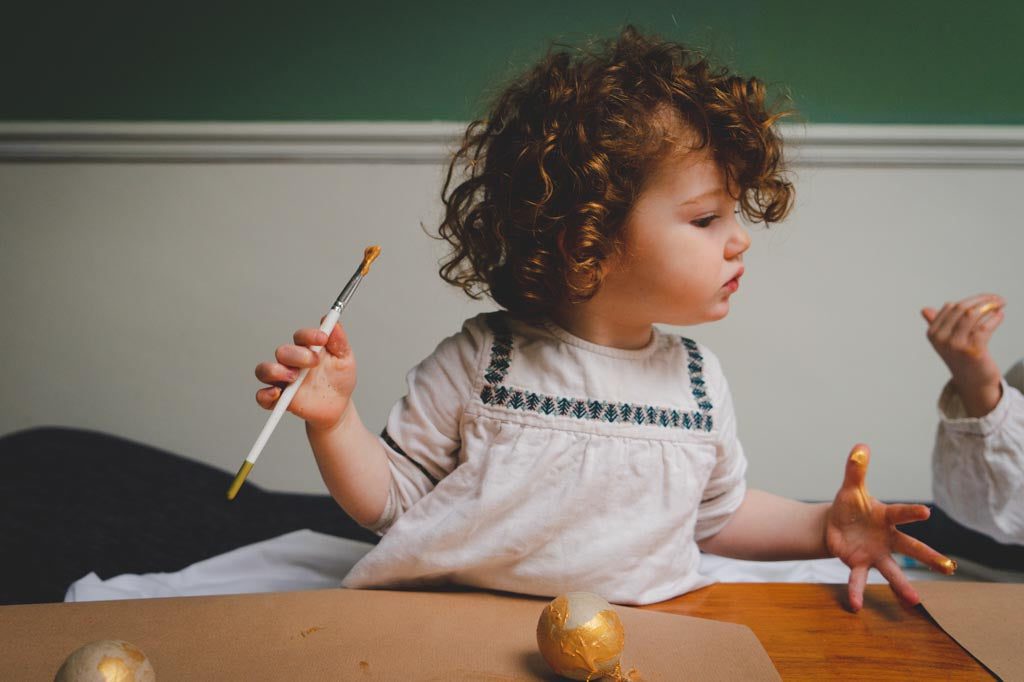
Realism vs. expression
Simply forcing children to draw from life doesn’t aid artistic expression. We need our children to communicate what they are thinking, imagining and feeling in many languages, verbal, spatial, gestural, musical and visual. We want them to embark on a ‘representational adventure in which meanings are given sounds, actions and images.’ John Matthews
I tell my art students ‘a camera is for capturing a realistic copy of the world around you. Art is for capturing your interpretation of the world and for expressing your unique individuality’. Often this falls on deaf ears, so prevalent are beliefs about the hierarchy of representational depiction. But what is realistic? How do things look really? Unfortunately our fixed assumptions to these questions can, at best, hinder learning possibilities, or at worst, damage our children’s self-efficacy[LINK]. So often children have fallen prey to adults working from a deficit theory – looking for what’s ‘wrong’ or ‘missing’ from their artworks. This can really corrode a child’s confidence, but more than that, it’s not necessarily right.
We unconsciously place realism at the top of the ladder, and all the other steps below it are often relegated as scribbles or ‘nearly corrects’. As children climb this ladder, (often in standardised educational settings), they get less and less opportunity to draw freely. Spontaneous drawing which serves the intentions and interests of children is becoming increasingly hard to find in schools. According to Matthews, this is detrimental to children’s emotional and intellectual development, ‘The child’s own spontaneous visual representation and expression has been devalued in favour of a fixed, acceptable, cultural standard’
So how can we avoid this?
Perhaps we should spend more time listening to what their drawings tell us. Just as we as adults use hand gestures, facial expressions, tone range and movements as we talk, children use these features in their artwork. For instance, mark making can represent experiences of hide and seek, people leaving us and coming back into our lives, movement, such as going through tunnels, hiding underneath something, the feel and motion of swimming, and, importantly, it can reconcile traumatic encounters. Art is a processing of these happenings, through thoughtful gesture and mark making, which is quite different than mere representation. Thus the ‘re-presenting’ might not look like what the child is responding to, but what is occurring is a significant translation of that event.
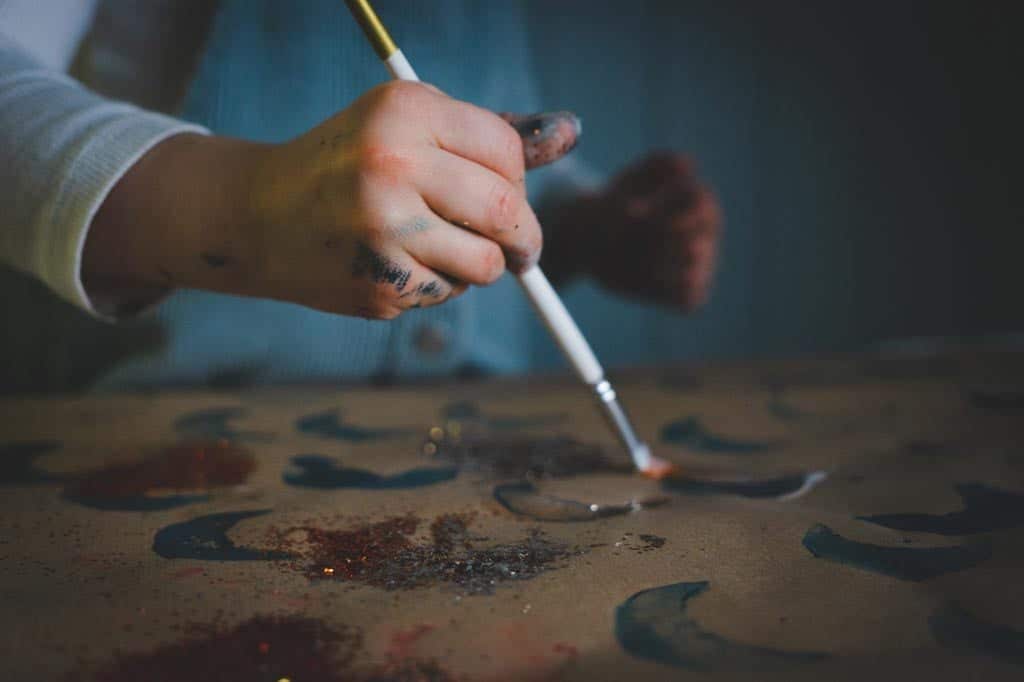
Modes of expression
Children capture different types of information, often following different intentions or modes of thinking in their work, some of which I have simplified for ease of understanding.
Intellectual realism.
Sometimes children draw unrecognisable shapes and claim they are a certain person or object. While this may not be realism in the sense we know it, it could be ‘intellectual realism’ in that for the child it represents their internalised view of that object or person. It shows what the child knows, rather than what the child sees.
Symbolism and representation.
The vast majority of learning is based on signs and symbols, such as language and maths for instance, and even social interaction. Drawing is an idealised way to grasp this nature of symbolism. Discovering that marks on paper can stand for things turns a cornerstone in one’s mind – a huge developmental shift.
Emotional.
Art and feelings go hand in hand. Matthews says: ‘Children’s drawing actions are sensitive to fluctuations in mood, both their own and those of people around them. The child imbues drawing with emotion and representational possibilities.’ Perhaps this is why art therapy is so successful – emotions are made tangible as they are inflected on the surface of the paper and the surface of their minds.
Grouping.
Children might group together different types of marks such as dots or dashes or marks at the beginning or end of these lines – separating out their shape vocabulary and becoming adept at matching their actions to shapes. By grouping marks according to type, he is beginning a process of classification. This is the start of maths.
Art as play.
Art can be nothing short of imaginative play. Sometimes there is no intention, other than sheer joy and exploration. I often see children use three-dimensional objects and toys in a similar way to how they use drawing – reconstructing comparable scenes and dealing with related issues. This shows that mark making is tethered to all of our experiences, especially play which has creative overlaps.
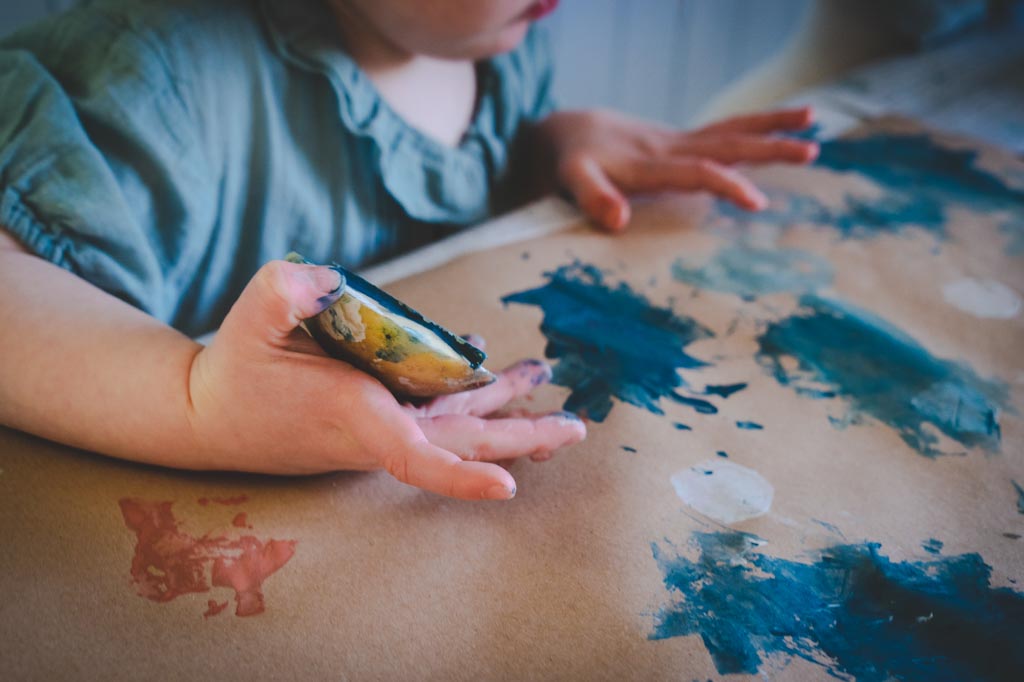
The cross disciplinary nature of art: How it teaches us about other subjects
If we listen to our body closely enough we know what it needs. I also believe if we listen to our mind closely enough we know what it needs. And children are no exception, in that they subconsciously know what they need to learn.
‘The child is constantly, actively, purposely, seeking out those particular experiences which will promote growth.’ John Matthews
Children are always in pursuit of learning, whether they realise it or not. For me, nowhere is this more visible than in their art. It makes their learning observable, and holds the power to teach a range of subjects and disciplines, and to make them fun.
Music and sound.
Listen to your child as they are drawing – what sounds do they make? I’ve seen children blend sounds and drawings together time and time again. My daughter’s experiences with music – the tempo, beat, and patterns within the song – form a backdrop to the patterns and pulsating lines she produces.
Body awareness.
‘Proprioceptive’ information about the position of our joints and limbs, balance, posture and stance are heightened in art making. When making with our hands we learn how things move, how our body moves, and how shapes can be coordinated and controlled in a dynamic, swiftly changing format. Although I would argue that not only does art make us more aware of our physical selves, it helps us reveal our inner souls.
Mathematical.
The American professor of maths John De Pillis writes: ‘‘When learners have the opportunity to use their artistic skills and draw scenarios, they can more easily visualize and figure out math problems.’ Angles, geometric shapes, measuring, proportions, ratios of paint to water, scale and perspective are some of the mathematical gifts of art.
Linguistic learning.
Art is a visual language. A universal language, that anyone can speak. We all recognise certain shapes and symbols and know what they represent. Learning the language or art support language learning in all other areas. Being able to speak visually goes hand in hand with general communication.
Science.
Children can grasp some quite unfathomable scientific concepts in their art. For example, by attempting to represent invisible events like wind, music, suction, or showing clouds moving, rain coming down, spilling from a cup, or documenting movement trajectories. They learn how to organise space, time, patterns and sequences of movement which share characteristics with what they see in the outside world. They can translate experiences of crawling through tunnels, pouring liquid through tubes, looking through cardboard rolls, into their art. Children explore and rationalise all this through drawing.
Perspective.
In more sense than one. Children can gain mental perspective on the bigger picture in life, on personal issues and dealing with trauma, as well as exploring physical perspective. As you draw ideas occur, whether that’s how to deal with or respond to a certain situation, or logical constraints such as how things get bigger towards you, and smaller further away. This shouldn’t make sense in the minds of our little young ones, but through art it does.
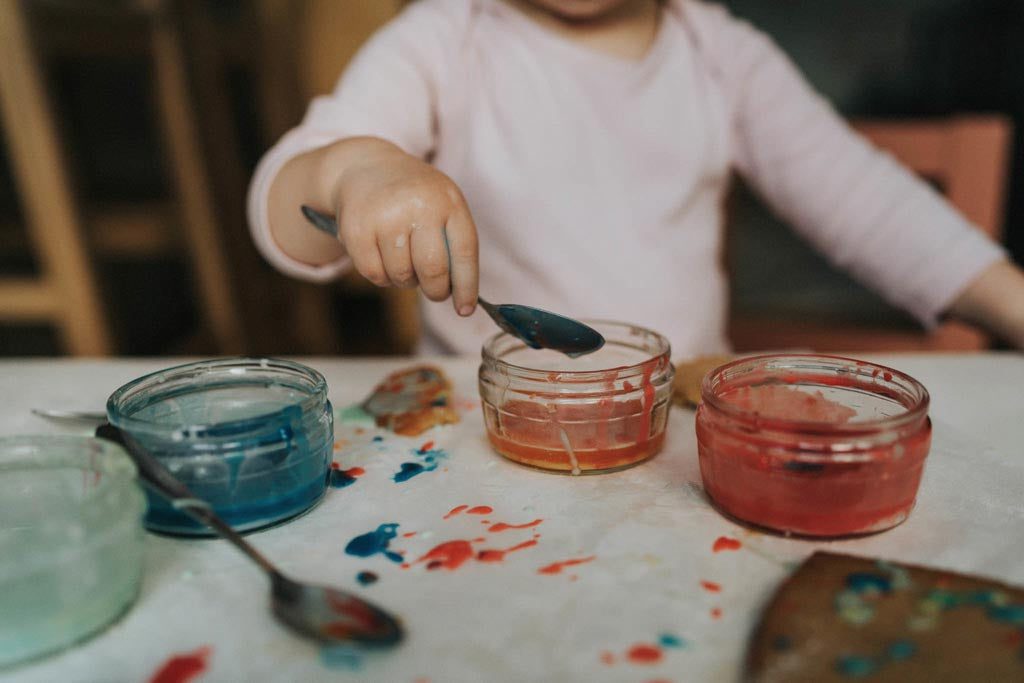
Final word
Perhaps we need to ask ourselves what we believe is the major endpoint in drawing or painting. And not just to consider the destination but the journey. Realistic drawing is one way of approaching art in a multitude of possibilities. So let’s stop looking for it as a ‘what’s missing’ from our children’s art and encourage some freedom of expression for all.
When I consider my daughter’s mark making, I can see that each image is saturated with communication, thinking and emotion. And that, for me, is far more valuable than a ‘picture perfect’ outcome.


